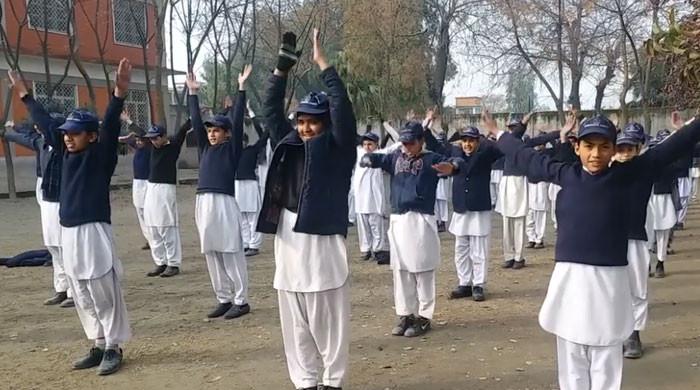THE Belt and Road Initiative (BRI) comprises the Silk Road Economic Belt and the 21st century Maritime Silk Road. It now underpins China’s global engagement and, to a large extent, its domestic economic development. Since its official introduction in September 2013, the BRI has attracted much scholarly attention around the world. According to Vision and Actions on BRI issued by the Chinese government in 2015, the BRI includes five areas of connectivity: policy, infrastructure and facilities, trade, currency and populations’ engagement.
Over the past few years, ample evidence suggests that agricultural and food security cooperation has become a pillar of the BRI. After the initiative was introduced in September 2013, the BRI countries have been prioritized in China’s global agricultural engagements becoming central to China’s international engagement. As per the details, under BRI programs, many countries have overcome such difficulties, achieved bumper harvests and slashed poverty. The programs helped ease the squeeze that could have otherwise gripped such countries due to turbulent global food prices and supply chain woes. Over the past decade, China had forged partnerships with more than 90 countries and international organizations and inaugurated 650-plus investment projects worth $14 billion. China’s food trade with countries involved in the BRI expanded at an annual rate of 9.9 percent in that time, and has reached over $139 billion.
The CPEC Long Term Plan (LTP) envisages significant development of the agriculture sector of Pakistan – an often-overlooked area amidst the developments being made in the energy, infrastructure, and industrial sectors of the country. In the crop sector, there is a focus on increasing the use of modern machinery and synthetic fertilizers to enhance the yields, while food storage and processing zones would be constructed to reduce significant post-harvest losses. Similarly, the building of cold storage stations and meat processing plants is also being planned to enhance productivity of livestock and fisheries sectors besides making their output more competitive in the international market. These developments hold the potential to not only boost the agriculture output of the country, but also to export the agriculture products to China for enhancing the business volume.
In the late 70s, China kicked off a series of reforms in its rural areas. Since then, world-shaking changes have taken place and agriculture production has increased. China has ranked first in the world by output of grain, oil, vegetables, fruit, eggs and aquatic products for many consecutive years, creating a miracle of feeding nearly 20% of the world’s population with 90% of arable land. Rural economic development has been achieved through a balanced and all-round development of farming, forestry, animal husbandry and fishery.
Based on quality production, optimal regional arrangements, industrialization and standardized management, modern agriculture has basically taken shape. The fast development of secondary and territory industries in rural areas has changed the employment structure and promoted development in small towns. The great improvements in farmers’ living standards and their increased income have turned China from a country lacking basic necessities into a modern affluent society, and China has become the first country to achieve the United Nations Millennium Development Goal of having the number of its people living in poverty. Rural public services including education, healthcare and social security has greatly improved.
China’s successful rural reforms have accumulated a rich store of experience for transforming its economic systems and attracted worldwide attention. China has willingly exchanged ideas and share its best practices, address resource and environmental challenges together with other countries, and make life better for all, which is part of our globalization initiatives. According to the state of world food insecurity 2012 released by the UN Food Agriculture Organization (UNFAO) , among the 868 million people who are chronically malnourished and even more who suffer from hunger, 850 million are living in the rural areas of developing countries.
It is of great importance for nations to communicate, share and make common efforts. Improving agricultural production, ensuring food security and increasing farmers’ income have always been the primary goals of China‘s economic development. The Communist Party of China (CPC) and the state council have made agriculture a top priority of the national economic development agenda and agriculture, the rural areas and farmers are also the top priorities of the government’s work. In November 2012, the 18th National Congress of the CPC made it clear that by the year 2020, the modernization of agriculture and the construction of the new countryside must produce obvious effects as they are the prerequisites for a moderately affluent society.
After years of hard work, China has freed itself from a long-term shortage of agriculture products and achieved a basic balance in supply and demand. Farmers are no longer suffering from shortage of food and clothing and have become reasonable affluent. China has succeeded in feeding nearly 20% of the world’s population with 9% of its arable land. This is not only a basis for China’s further reform and opening up but also a great contribution to the development of mankind.
—The writer is a media fellow of China South Asia and South East Asia Press Centre.
Email: [email protected]






